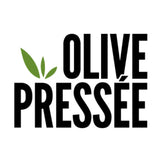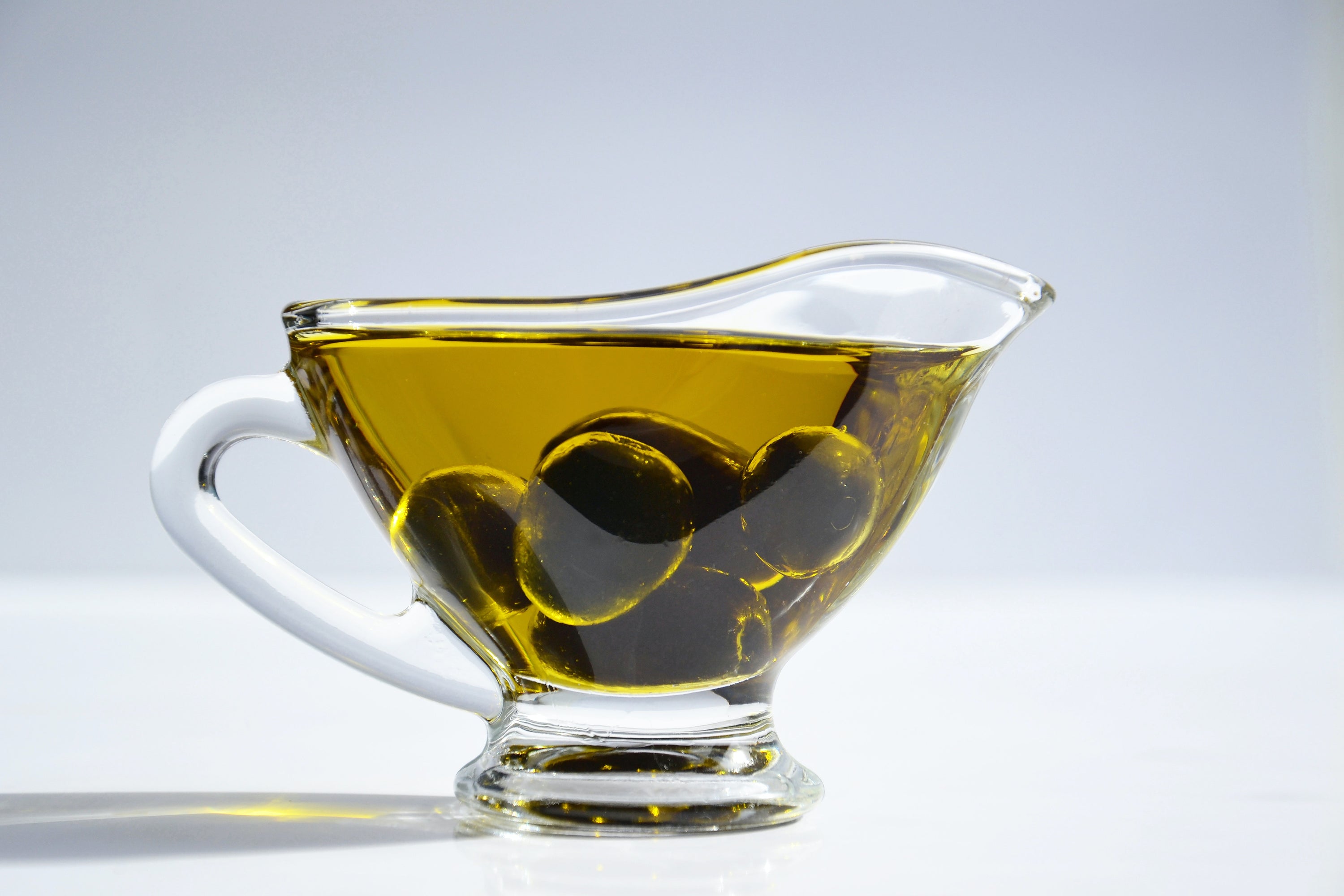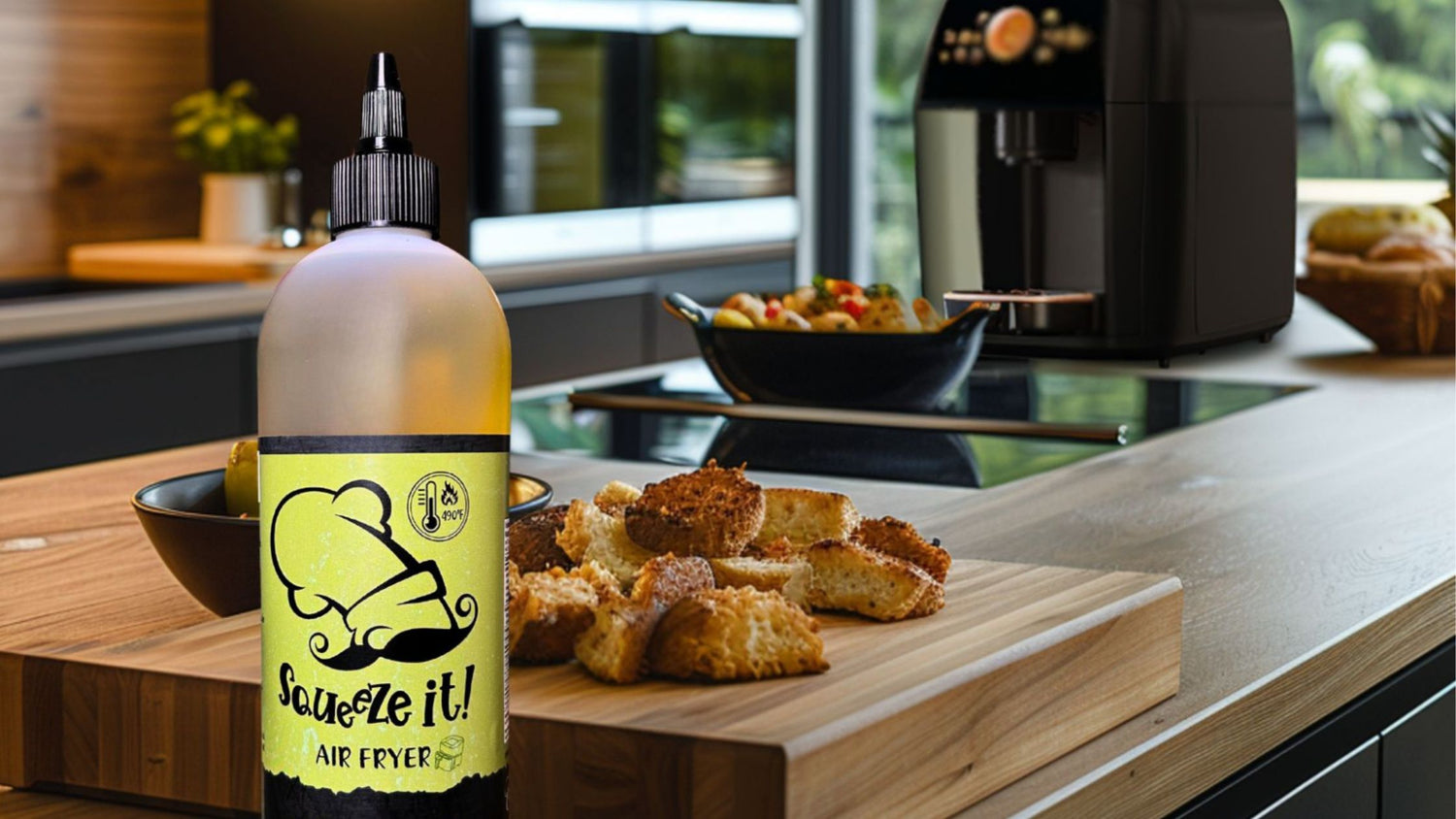Learn how to distinguish a quality olive oil
WHAT IS OLIVE OIL AND WHERE DOES IT COME FROM?
Olives are the fruit of the olive tree which can produce olives for more than a hundred years. Extra virgin olive oil is obtained through cold mechanical extraction of olives. The harvest from a single olive tree, which usually occurs from October to December, provides an average of up to 5 liters of oil varying according to the state of ripening of the fruit.
Olive trees grow and produce olives in most temperate climates where vines also grow. Surprisingly, olive trees are found on all continents of the world. The largest producers of olive oil are Spain, with around 48% of world production, followed closely by Greece and Italy with around 9%. There are over 1552 varieties of olives and Italy alone grows 400. The five most widely grown varieties are (1) Picual, (2) Frantoio, (3) Arbequina, (4) Koroneiki and ( 5) Leccino.
TYPES OF OLIVE OIL
Extra virgin olive oil
Without a doubt, extra virgin olive oil is the highest quality oil. It is fresh, tasty and rich in antioxidant properties. According to the International Olive Oil Council (IOC), extra virgin olive oil has no organoleptic defects, i.e. it is a substance "capable of impressing a sensory receptor" to perfection. That's impressive! That said, the mention “extra virgin” alone is not necessarily a guarantee of quality. We will see later how to discern a premium extra virgin olive oil.
Virgin olive oil
Unlike extra virgin olive oil, virgin olive oil is of lower quality in that it has organoleptic defects.
“Extra-light” olive oil
You have surely already seen it at the grocery store without really knowing what it is about. It is actually a mixture of virgin oils and refined oils. Refined oils are obtained through refining techniques, such as washing, drying, removal of odors and colors, and filtration. Of course, its quality is inferior to virgin and extra virgin olive oil.
Filtered or unfiltered?
Unlike filtered oil, unfiltered oil has a cloudy appearance and a more pronounced taste, due to the vegetable particles found in it. For this reason, it degrades faster. It must therefore be consumed before it becomes rancid.
Frying
Extra virgin olive oil is excellent for frying foods. It has a very high smoke point, well above the ideal temperature for frying. The olive oil then undergoes no significant modification and better retains its properties (antioxidants, oleic richness). The advantage of frying your food with olive oil is that it forms a layer on the surface of the food, which prevents it from penetrating. Therefore, foods fried in olive oil have a lower fat content than those fried in other oils. It is also the one that will give the best taste.
How to preserve olive oil
Many people often compare olive oil to wine. Unfortunately, it does not improve over time and can oxidize after only a few months if the storage conditions are not optimal. It is essential to avoid storing the oil near a heat source, such as an oven or a lighted counter. Instead, keep it in a cool, dark place. Close your bottles tightly after each use to avoid exposure to air. Olive oil should be consumed within the first three months after opening the bottle.
THE QUALITY OF OLIVE OIL
There are several factors that can help you choose a quality extra virgin olive oil. It is mainly about reading and understanding the information on the bottle. Good producers are so dedicated to giving you a good product that they will provide you with the information you need to distinguish it.
Origin and varieties of olives
No country produces better olive oil than another. Excellent oils will be produced in Canada as well as in Italy or Spain. As for the varieties of olives, they are all good although they have a different taste. It is important to know the name of the variety of olives that was used to make the olive oil, as this indicates that the oil was not simply made with a mixture of varieties.
When studying the bottle, pay special attention to the producer. If the name of the producer, as well as the place of production, is displayed on the bottle, this is a good sign of quality. A statement such as “European producer” or “outside Europe” should sound the alarm. This indicates that the actual source should not be revealed to you. It is therefore better to prioritize artisanal producers rather than large industrial producers who will sacrifice quality for quantity.
Harvest and bottling date
On the label, locate the harvest date. This one is much more communicative in terms of the quality of the oil you will buy. The more recent the harvest, the fresher and tastier the oil. In addition, it will still have its properties. If you cannot find the harvest date, check the bottling date: There should not be a difference of more than 18 months between the bottling date and the "best before" date. By itself, the expiry date is only a date used by the retailer to sell products while respecting the law and is therefore not indicative of the quality of the oil.
In short, a quality olive oil, after a satisfactory reading of the label, sells for between $30 and $40 per litre. If you consume an olive oil at the price of 5 or 10$/litre, you might as well say that you are throwing your money, as well as your health, out the window!
How to recognize a good olive oil?
- It tastes fresh and green;
- It does not leave a greasy feeling on the lips and mouth, which would be a sign of oxidation;
- The presence of bitterness, a sign that the olive oil has been produced under optimal conditions with healthy olives;
- A pungent sensation in the throat, which indicates a strong presence of polyphenols. The more bitter and pungent the oil, the healthier it is!
Just as wine does not taste like grapes, a good olive oil should not taste like olives. If it tastes like olive tapenade, that's a sign it's fermented. If it is fermented, it probably means either the equipment used was dirty or the olives themselves were fermented.
Now that you are ready to conquer the world of olive oils, it is important that you take the time to taste, smell and observe them. You will now be able to savor each aroma and will be able to appreciate all its virtues!
Source :
Huiles d’olive, le Guide : Comment reconnaître et déguster une bonne huile de qualité, Michel Favuzzi, 2017
Conseil Oléicole International, Le Monde de l’Olivier - L’huile d’olive et la santé (2022), en ligne: [https://www.internationaloliveoil.org/monde-de-lolivier/lhuile-dolive-et-la-sante/?lang=fr#mediterranean-diet]
Le Larousse, def. du mot « organoleptique » (2022), en ligne : [https://www.larousse.fr/dictionnaires/francais/organoleptique/56434]






1 comment
Quand on goûte à ces produits on ne plus s’en passer.
EXCELLENT 👍👍👍👍